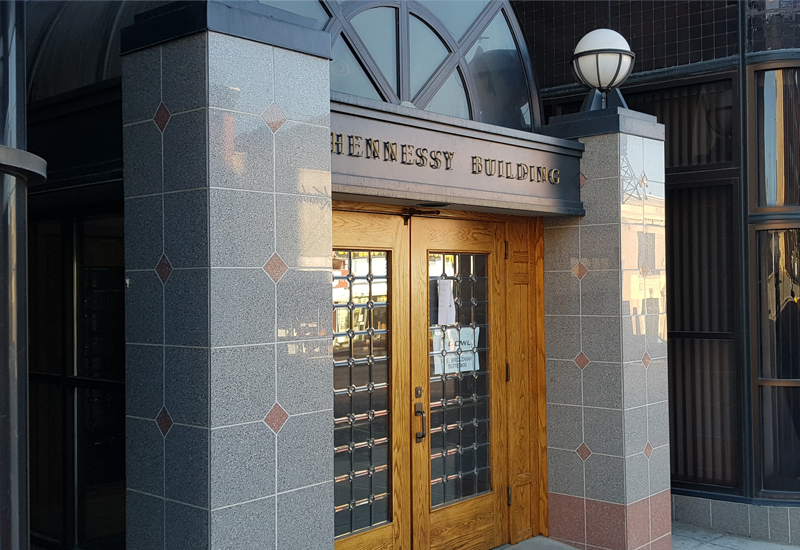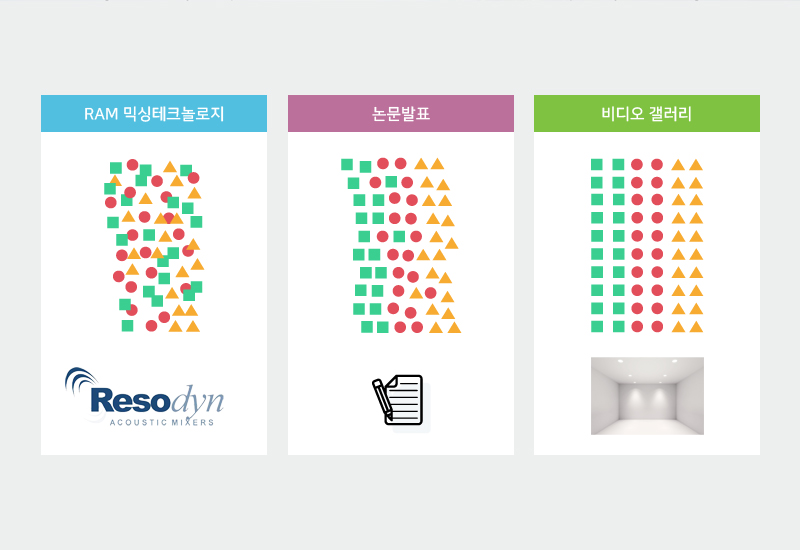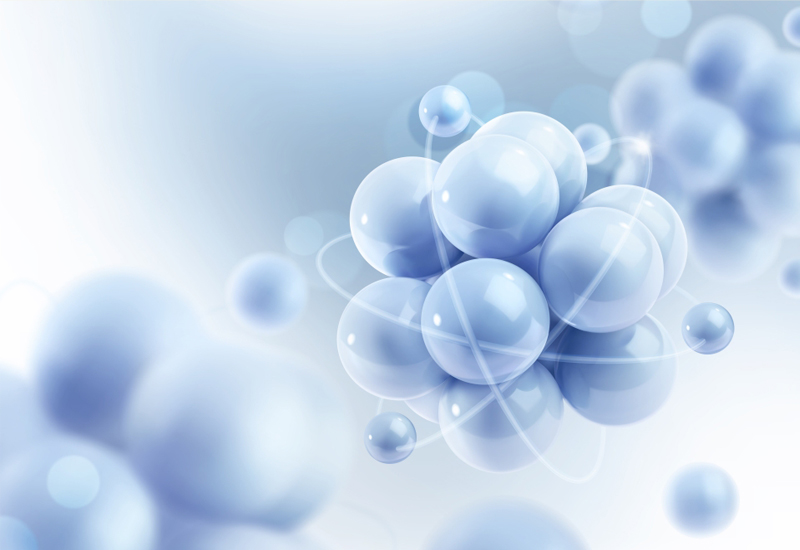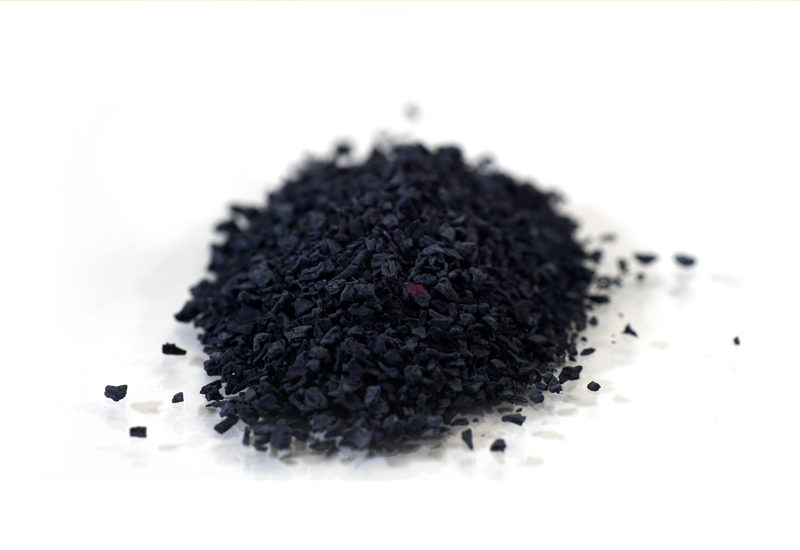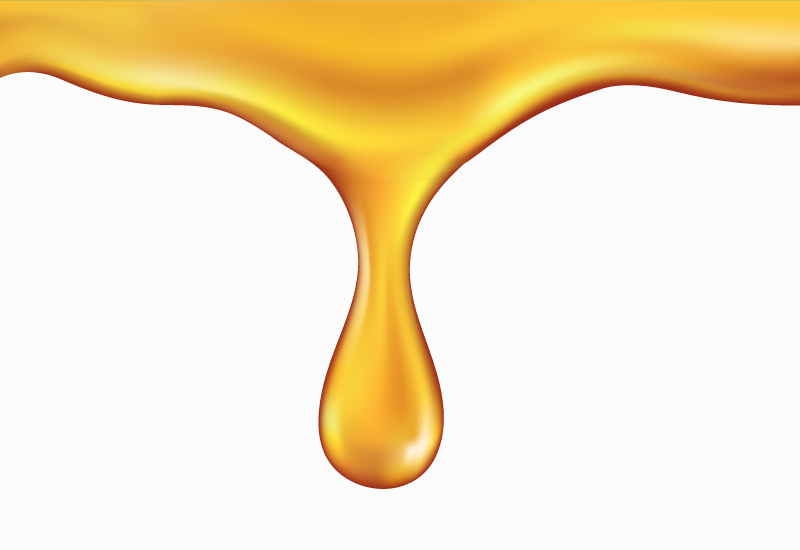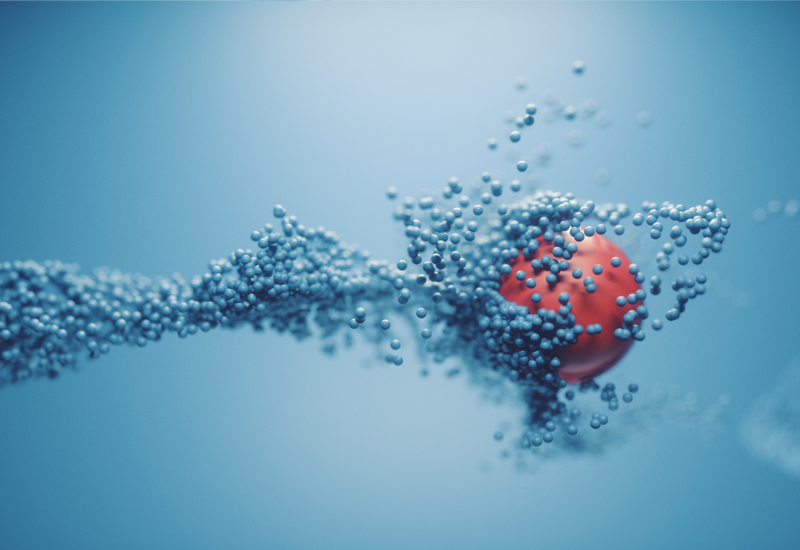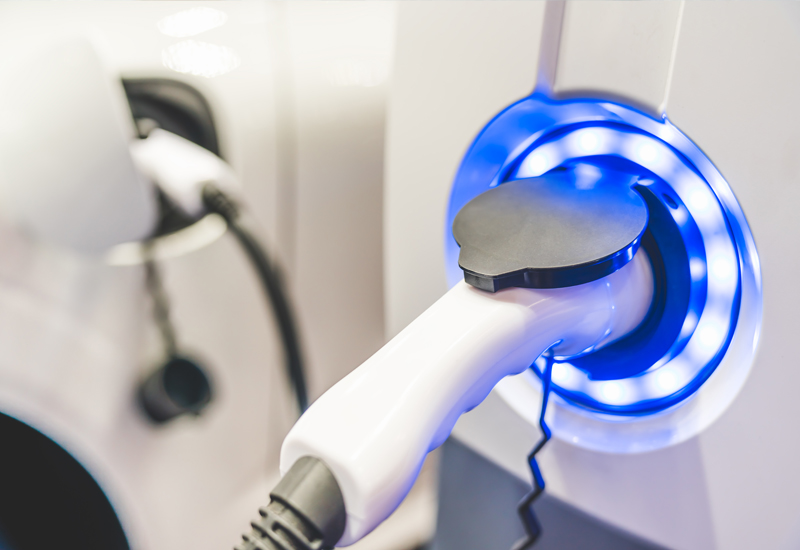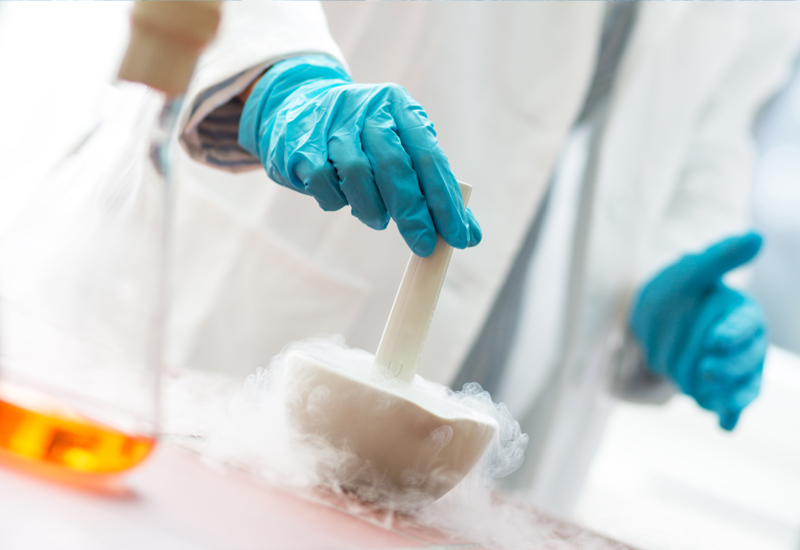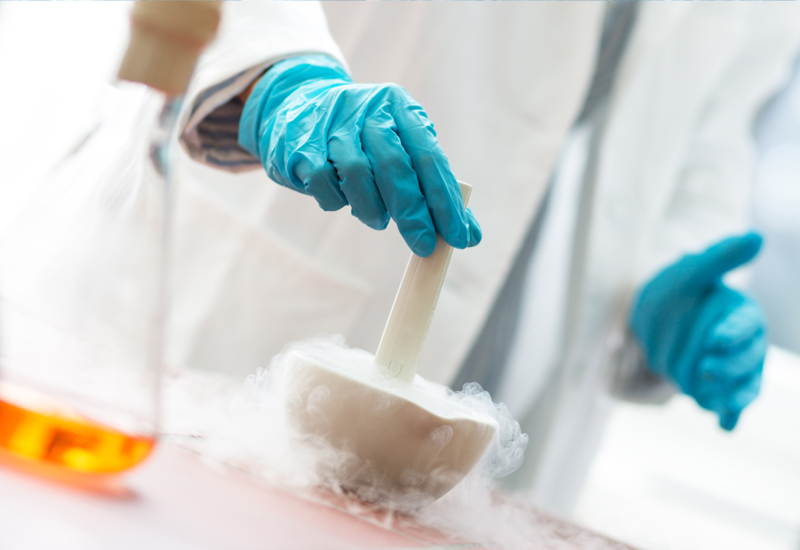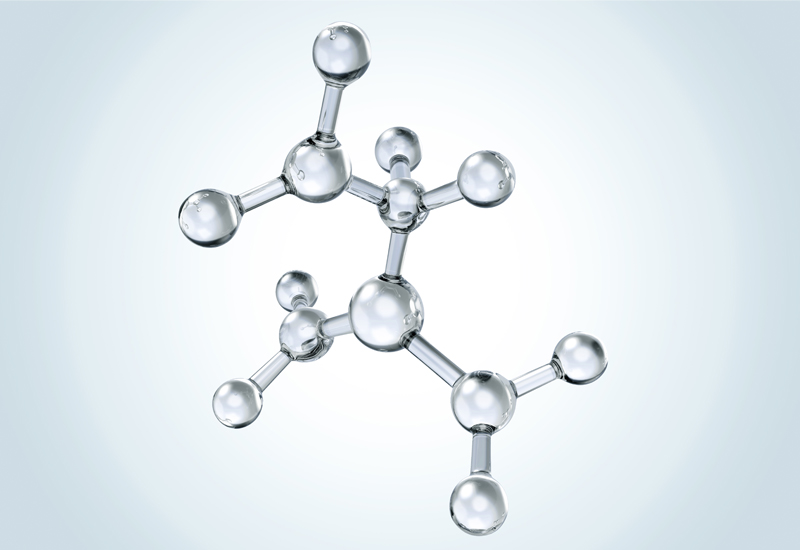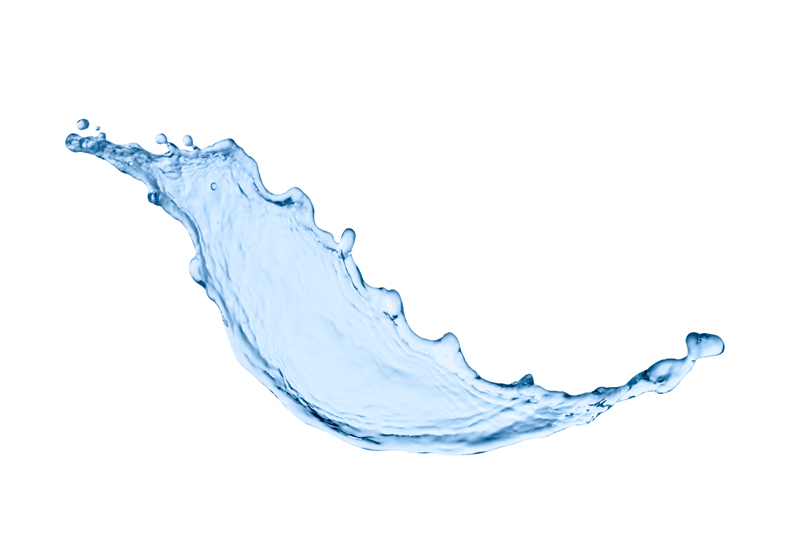서브비주얼
컨텐츠
고객센터
FAQ
- How does RAM relate to acoustics?
-
Acoustics is the study of wave propagation through media. The RAM process uses acoustics to transfer energy into materials to be mixed. The transport mechanism is in the form of mechanical waves or acoustics. Creation of the acoustic energy is accomplished by a mechanical system, similar to a subwoofer speaker in an audio system. Although the frequency of the two are of the same order of magnitude (60 Hz), that is where the similarities end. The audio system relies on transmitting energy through air, which is less efficient than the RAM, which directly couples the energy source to the material being affected. By directly coupling the materials being mixed to the acoustic source, the application becomes significantly more efficient and intense. Direct coupling reduces energy transmission losses and instead, permits the acoustic energy to work directly on the materials being mixed.
- What is meant by the term “resonance?” Is the material being mixed actually in resonance?
-
Everything in nature has a natural resonant frequency. The RAM mixer operates at the “system’s” mechanical resonant frequency. “The system,” as we refer to it, is a combination of the RAM’s mechanical components and the material being mixed. Because the contents of the mixing vessel are contained within the system, the mixer and the material are both elements of the resonant condition. The material within the mixing vessel, by itself, is not necessarily in resonance, but the entire system, which includes the mixer and the material in the container, is in resonance. It may be best to think about Resonance in terms of the power and efficiency of system’s mechanics and the equipment, and Acoustics in terms of the mix’s quality and effectiveness of processing.
- Why do RAM mixers develop less heat?
-
RAM mixers use low frequency (60 Hz), high intensity energy. This energy has low hydrodynamic shear stress and mixes in relatively short intervals, which reduces the overall heat being generated into the materials being mixed. High shear, indicative of standard and high performance mechanical mixers, generates heat during the mixing process. To achieve a complete mix, the mechanical mixer requires a significantly greater amount of time. Frictional heat generated from high shear mixing, in combination with longer mixing times, creates heat which accumulates within the materials being mixed. In contrast, the RAM process is more efficient, utilizing a field of high intensity mixing cells randomly dispersed throughout the mixing vessel. These high intensity mixing cells mix and disperse materials in the most expeditious manner, reducing processing time and heat generation.
- Are RAM mixers capable of mixing nano particles?
-
Yes, RAM mixers are an excellent tool for mixing and dispersing particles, regardless of size. These particles can either be free flowing or cohesively linked. The RAM mixer’s numerous “intense mixing zones” within the mixing chamber are ideal for breaking apart and dispersing agglomerated particles in a very efficient manner. However, the degree of particle cohesiveness can limit dispersion. For instance, tightly bonded or intertwined carbon nanotubes are initially best untangled by chemical functionalization or a mechanical milling process.
- What are short mixing lengths?
-
Acoustic energy generated by the ResonantAcoustic® mixer’s acceleration creates short, circular mixing lengths in the diameter range of 50-60 microns. These powerful mixing lengths are called “intense mixing zones” and are randomly distributed through out the mixing vessel.
- What vessel options can RAM mixers accommodate?
-
RAM mixers are designed to be versatile and to accommodate numerous mixing vessels, including the material’s shipping container. The LabRAM comes equipped with an adjustable vessel holder, designed to accept vessels ranging in volume from 6 oz to 16 oz. The mixing limitation is determined by the weight of the vessel and contents rather than by volume. Vessels are available in glass and in a variety of plastic materials. Similarly, production-scale RAM mixers are capable of accommodating a variety of vessel types, functions and sizes.
- What service and maintenance do RAM mixers require?
-
All RAM mixers are designed and tested for durability and a long service life and come with a one year warranty. In the unlikely event of a failure, Resodyn™ Acoustic Mixers, Inc., has a full service department ready to provide assistance.
- What are the key advantages of RAM mixers?
-
- Rapid, high intensity, non-contact mixing
- Low heat generation mixing
- Mixing materials within their shipping containers
- Low frequency, low hydrodynamic shear stress mixing
- Rapid mixing and dispersion of high viscosity (> 1 million centipoise) materials
- Vacuum mixing without mechanical seals
- Safe mixing of hazardous or abrasive materials
- Fast and simple clean-up
- What materials can be mixed by a RAM mixer?
-
- Adhesives
- Auto Body Fillers
- Automotive Sealants
- Battery Pastes
- Bonding Agents
- Caulks
- Ceramic Compounds
- Clays
- Coil Coating
- Colorants
- Conductive Adhesives (high solids content)
- Corrosion Resistant Coatings
- Creams
- Dental Pastes
- Electronic Pastes
- Emulsions
- Epoxies
- Explosives
- Flake Resins
- Flooring Adhesives
- Food (chocolate, mustard ketchup, etc.)
- Gels
- Gel Coats
- Glazes
- Grease
- High Build Paints
- Hot Melt Adhesives
- Inks (low viscosity)
- Ink (paste)
- Iron Oxide Slurry (pigments)
- Joint Compounds
- Kaolin
- Latex Resins
- Lipsticks
- Lotions
- Magnetic Tape Coatings
- Marine Coatings
- Masonry Waterproofing
- Mastics
- Ointments
- Paint (letdown)
- Paint Dispersion
- Paint Strippers
- Petroleum Jellies
- Pharmaceuticals
- Pigment Concentrates
- Plastisols
- Polyester Putty
- Polyester Resins
- Polymer Solutions
- Potting Compounds
- Press Cakes
- Propellants
- Putty
- Rubberized Coatings
- Silicon
- Silicones
- Solder Masks
- Solder Pastes
- Spackling
- Stuccos
- Thermoplastics
- Toothpastes
- Undercoatings
- Urethanes
- Windshield Sealants
- Wood Fillers
… and much more …
 Home
Home

